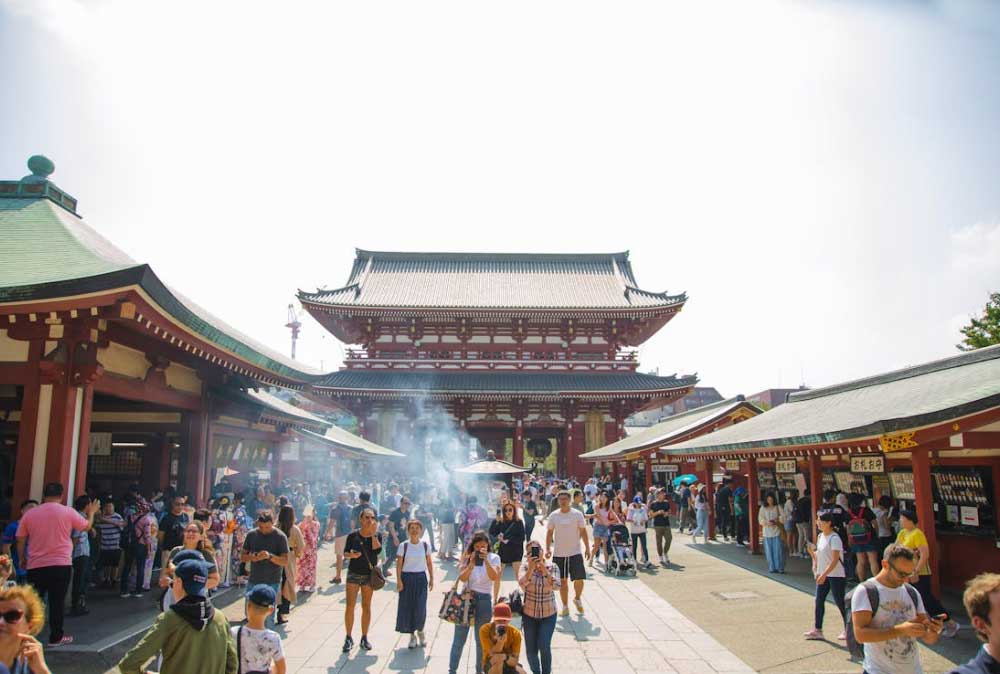The latter half of the 20th century and the beginning of the 21st century witnessed a revolution in Tokyo’s clothing culture. Post-war economic prosperity fueled the rise of the “salaryman” culture, where the traditional business suit became synonymous with corporate identity.
However, it was the emergence of streetwear and subcultures in the late 20th century that truly reshaped Japanese fashion. Harajuku, a district in Tokyo, became a global hub for avant-garde and eclectic styles. Street fashion enthusiasts embraced bold colors, unconventional silhouettes, and a fearless approach to self-expression.
Brands like Comme des Garçons, Issey Miyake, and Yohji Yamamoto challenged conventional notions of fashion, introducing avant-garde designs that gained international acclaim. The intersection of streetwear and high fashion in Tokyo led to a cultural phenomenon, with designers like Nigo of A Bathing Ape (BAPE) and Hiroshi Fujiwara influencing global trends.
In recent years, Tokyo has become a melting pot of global fashion influences. The city’s youth culture embraces genderless fashion, challenging traditional norms and fostering a more inclusive approach to attire. Japanese fashion influencers on social media platforms amplify Tokyo’s impact on global fashion trends, showcasing a diverse range of styles and individualistic expressions.

